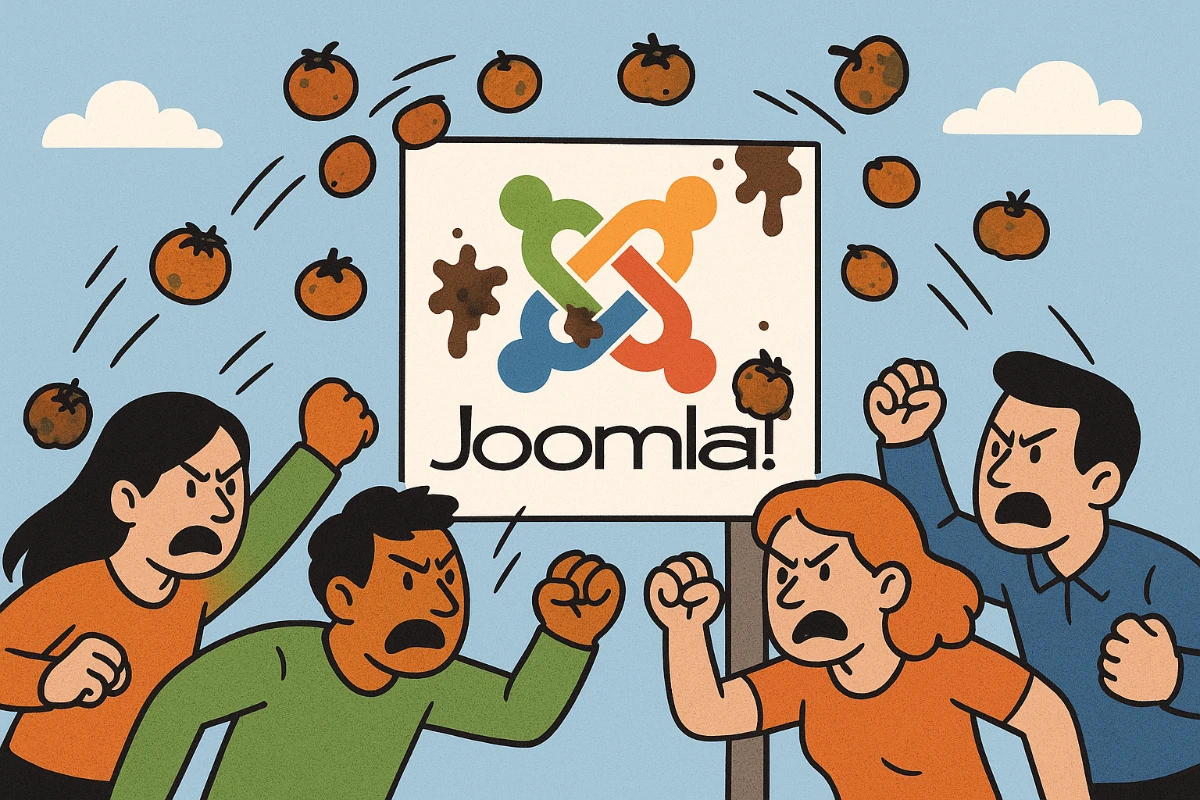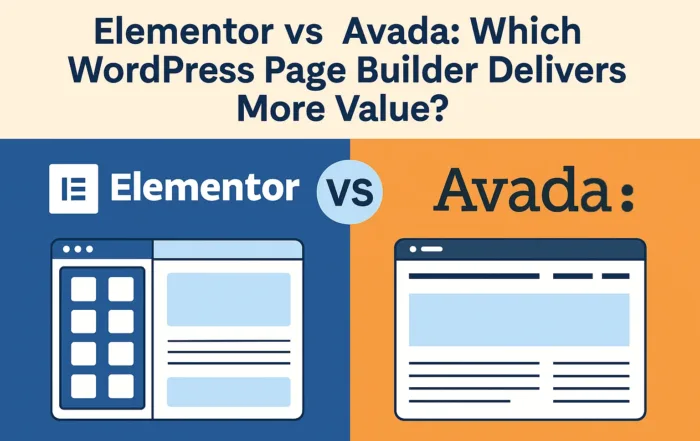
The Dramatic Decline of Joomla OR How a CMS Giant Lost Its Way
Date Posted:
August 30, 2025
Share This:
The Current State of Affairs
Joomla’s market position tells a stark story of decline. Once commanding over 6% of the global CMS market in 2011, Joomla now holds a mere 2.4% share according to W3Techs data from late 2024. This represents a precipitous fall for what was once considered WordPress’s primary competitor.
The numbers paint an even bleaker picture when you examine growth trajectories. While WordPress has surged to control 43.2% of all websites globally, Joomla has consistently shed users year over year. BuiltWith tracking shows Joomla losing approximately 15,000 active sites annually since 2020.
The Root Causes Behind Joomla’s Market Erosion
Complexity That Became a Liability
Joomla’s architecture, once praised for its flexibility, became its Achilles’ heel. The platform’s steep learning curve consistently deterred new users who found WordPress’s five-minute installation far more appealing. While Joomla offered powerful user management and multi-language capabilities out of the box, most website owners simply didn’t need these advanced features.
The average small business owner wanted to launch quickly, not spend weeks learning component hierarchies and template overrides. This complexity gap widened as WordPress streamlined its user experience through initiatives like the Gutenberg editor and one-click installations through hosting providers.
Extension Ecosystem Stagnation
The Joomla Extensions Directory (JED) peaked at around 8,000 extensions in 2014 but has since contracted to fewer than 6,500 active listings. Compare this to WordPress’s plugin repository, which houses over 60,000 plugins and continues growing at 15% annually.
Third-party developers followed the money and user base. Why develop for a platform losing market share when WordPress offered a larger, more engaged audience? This created a vicious cycle where fewer extensions meant fewer reasons to choose Joomla, leading to further user attrition.
Mobile-First Era Adaptation Struggles
When Google announced mobile-first indexing in 2018, WordPress themes and plugins rapidly adapted. Joomla’s template system, while technically capable, required more manual optimization for mobile responsiveness. Many existing Joomla sites found themselves penalized in search rankings due to poor mobile performance.
The template marketplace reflected this challenge. ThemeForest shows only 847 Joomla templates compared to over 13,000 WordPress themes as of 2024. This disparity limited design options for Joomla users and pushed them toward more flexible alternatives.
The Business Impact of Market Share Loss
Hosting Provider Abandonment
Major hosting companies began deprioritizing Joomla support around 2018. Bluehost removed Joomla from its one-click installer in 2019, citing low demand. SiteGround reduced its Joomla-specific documentation and support resources by 60% between 2020 and 2022.
This hosting ecosystem withdrawal created a chicken-and-egg problem. Fewer hosting options made Joomla less accessible to beginners, while declining beginner adoption gave hosts less incentive to maintain robust Joomla support.
Enterprise Migration Patterns
Even in the enterprise segment where Joomla traditionally held advantages, organizations began migrating to WordPress or dedicated enterprise solutions. A 2023 survey by CMS Critic found that 68% of large organizations using Joomla planned to migrate within two years, primarily citing maintenance costs and limited developer availability.
The talent pool issue became particularly acute. Job postings for Joomla developers decreased by 47% between 2020 and 2024, according to Indeed data, while WordPress developer positions increased by 23% over the same period.
What This Means for Your Content Strategy
The Multiplier Effect of Platform Choice
Your CMS selection impacts far more than just content management. Platform market share directly affects plugin availability, theme options, developer costs, hosting support, and long-term viability. Joomla’s declining ecosystem means these challenges compound over time.
Consider the total cost of ownership. While Joomla itself remains free, the hidden costs of limited plugin options, higher developer rates, and reduced hosting support can significantly impact your budget. WordPress’s dominant market position provides cost advantages through competition and scale.
For organizations evaluating their current platform performance, our comprehensive CMS migration guide outlines the key factors to evaluate when assessing platform sustainability and long-term viability.
Future-Proofing Your Digital Presence
Market trends suggest Joomla’s challenges will intensify. The platform’s aging codebase and shrinking community make it increasingly difficult to compete with more modern solutions. WordPress continues investing heavily in features like full-site editing and improved performance, widening the capability gap.
Organizations planning long-term digital strategies should carefully evaluate whether Joomla’s current trajectory aligns with their growth objectives. The switching costs will likely increase as the platforms diverge further.
Our platform comparison framework provides detailed analysis of market trends, ecosystem health, and total cost considerations to help inform your strategic decisions.
Key Takeaways
Joomla’s fall from 6% to 2.4% market share represents more than statistical decline—it reflects fundamental shifts in user expectations and development priorities. The platform’s complexity advantage became a usability liability, while its extension ecosystem stagnated as developers migrated to more popular platforms.
For content managers and business owners, Joomla’s trajectory offers important lessons about platform sustainability and ecosystem health. Market leadership in the CMS space increasingly correlates with long-term viability, support quality, and total cost of ownership. While Joomla remains functional for existing users, its declining market position raises legitimate questions about future-proofing your digital investment.
The evidence suggests that platforms with growing, engaged communities provide better long-term value through continuous innovation, extensive support resources, and competitive pricing across all service categories.



